Social Surgery: A Gallery of Live-Tweeted Operations
Live Open-Heart Surgery
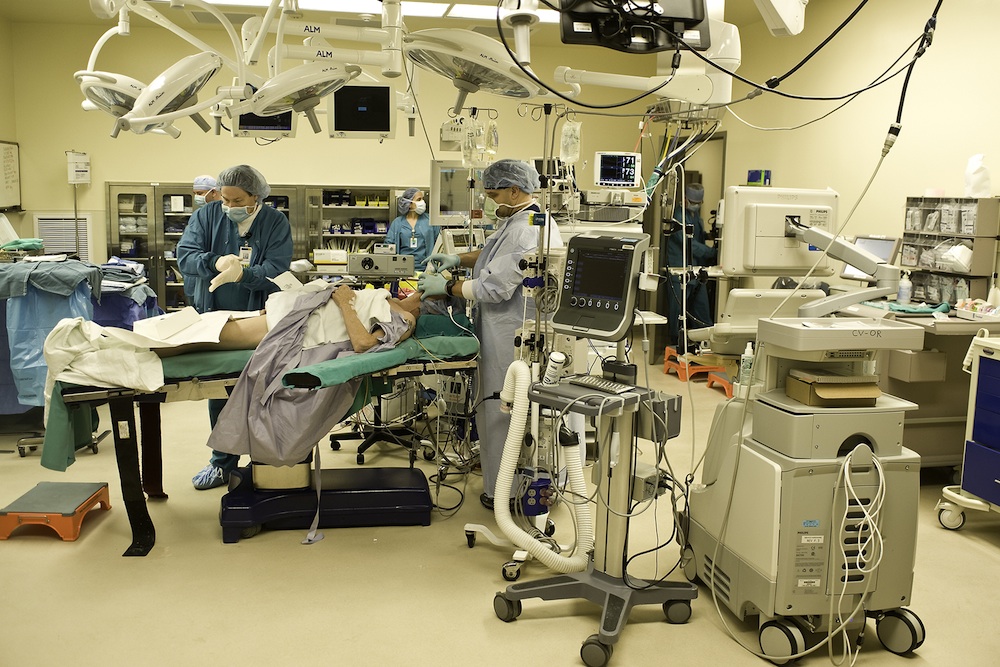
On Feb. 12, 2012, cardiothoracic surgeon Michael P. Macris performed the first live "Twittercast" of a beating-heart bypass at Memorial Hermann hospital in Houston. The patient, a 57-year-old man, was not identified for privacy reasons.
Beating Heart Bypass
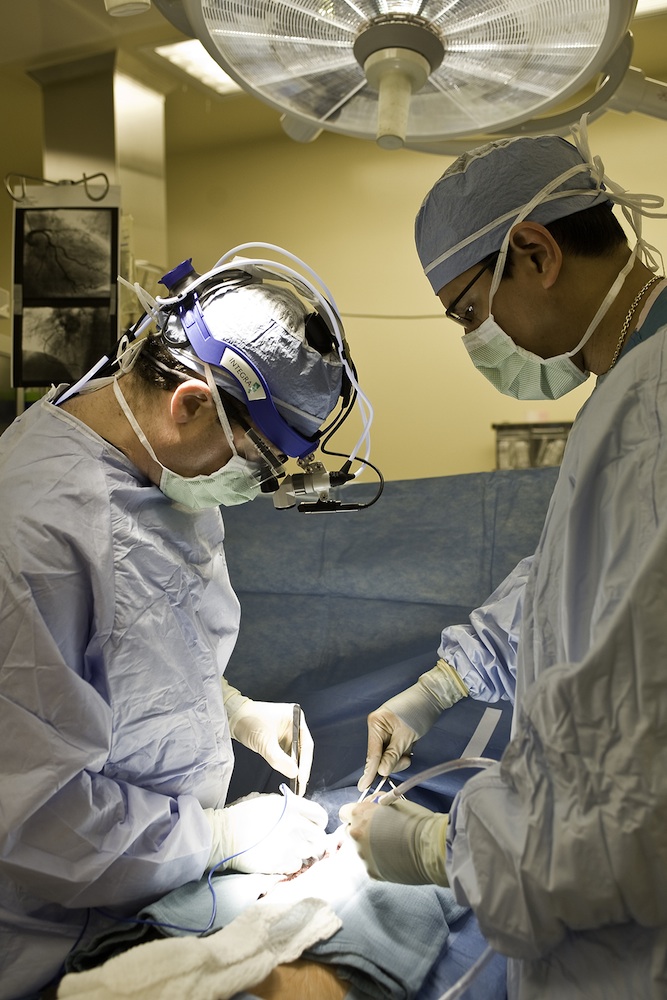
Surgeons remove the saphenous vein from the bypass patient's leg to use in his heart. (Warning: Some photos in this gallery will be graphic.)
Michael Macris
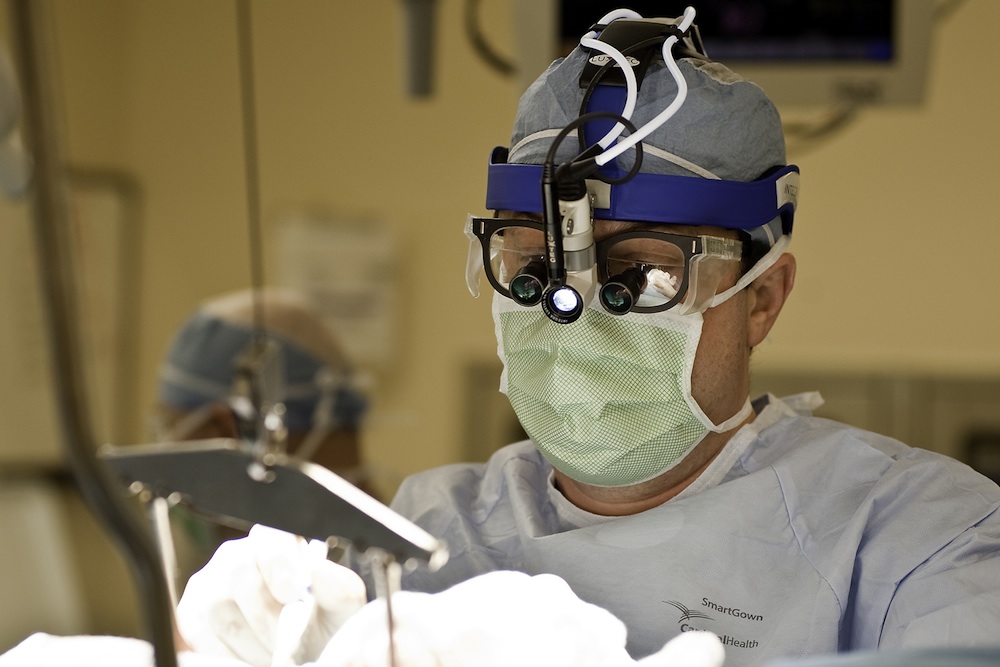
Michael Macris, a cardiothoracic surgeon, conducts a live-tweeted open-heart surgery.
Opening the Chest
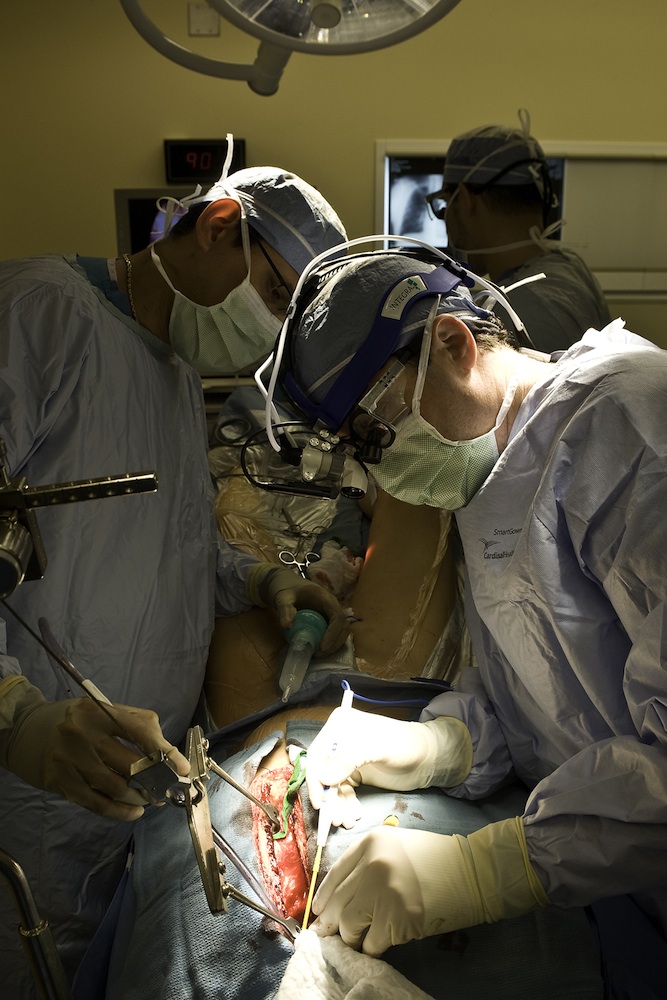
Surgeons use a mammary retractor to pull aside the chest wall in order to remove the mammary artery for use in the heart bypass.
Exposed Heart
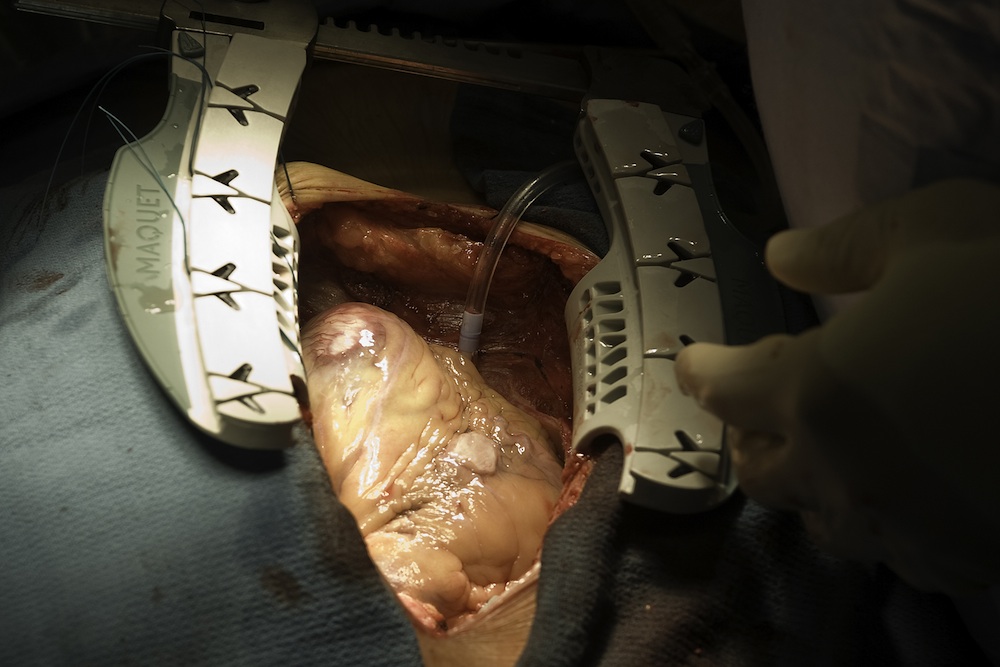
The exposed heart of a patient undergoing the first live-tweeted open heart surgery.
Brain Surgery
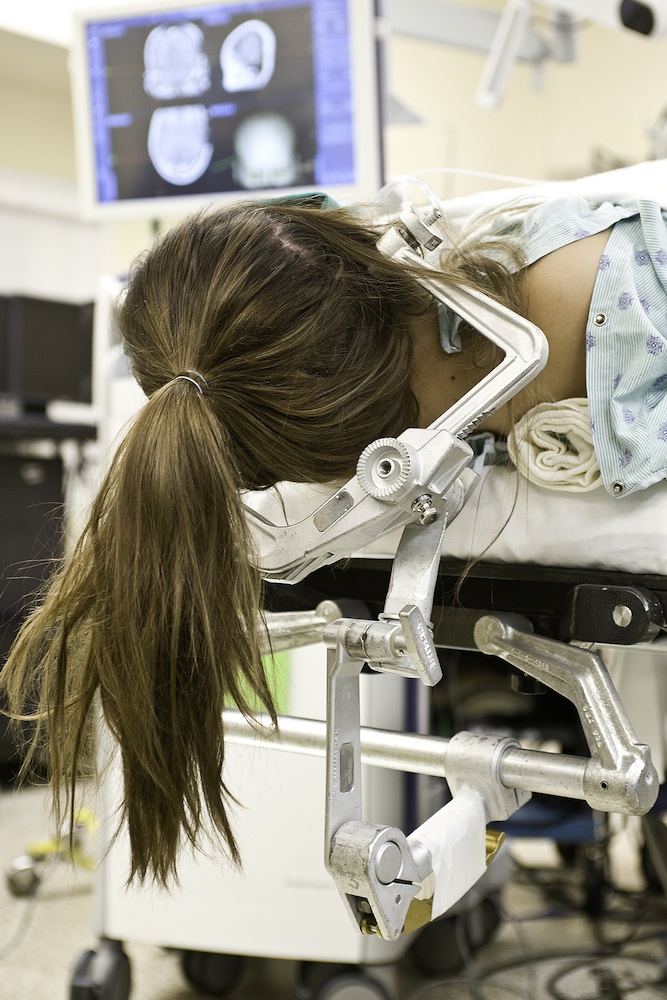
On May 9, 2012, Memorial Hermann hospital in Houston live-tweeted a brain surgery by Dr. Dong Kim.
Live Brain Surgery
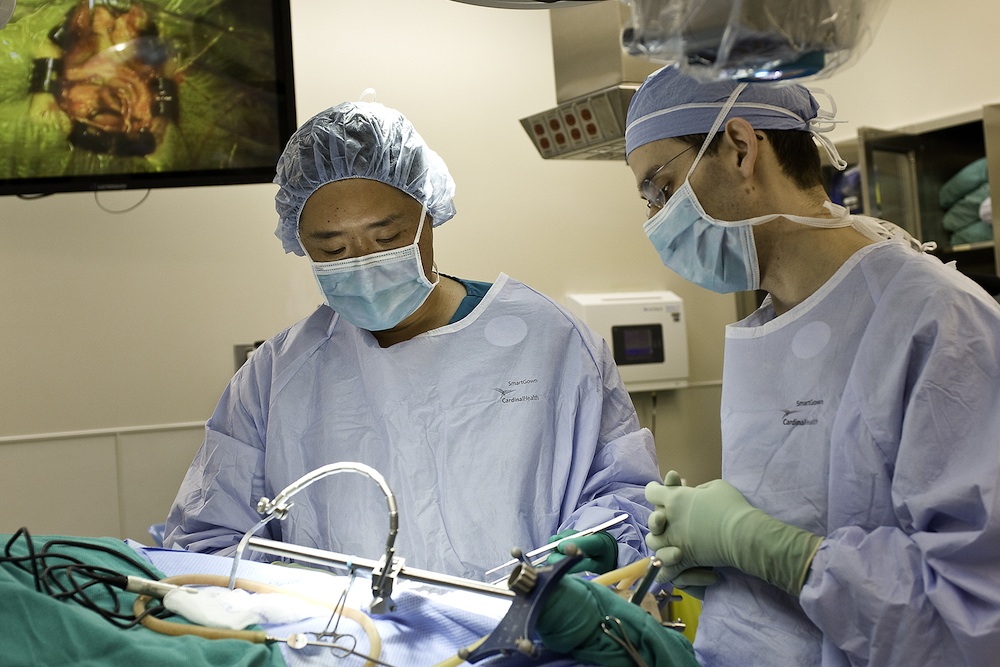
Memorial Hermann surgeon Dong Kim works to remove a cavernous angioma, a type of malformed blood vessel, from the brain of a 21-year-old woman.
Get the world’s most fascinating discoveries delivered straight to your inbox.
Open Brain
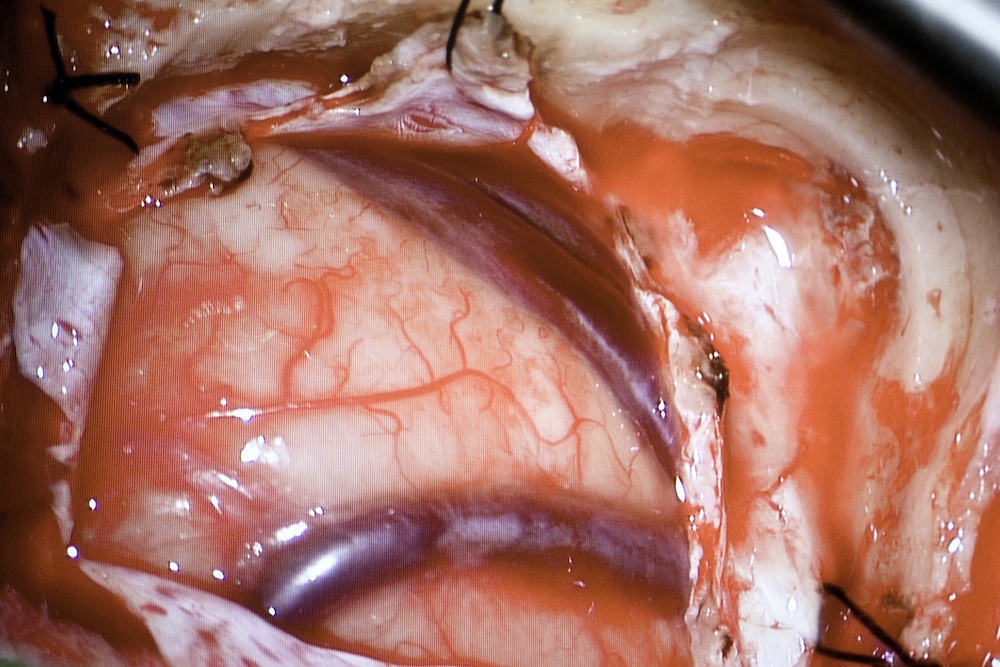
Twittercasts of surgery allow viewers to get very close to the action — as with this close-up of an open brain during the May 2012 live-tweeted surgery at Memorial Hermann in Houston.
Scoping Out the Brain
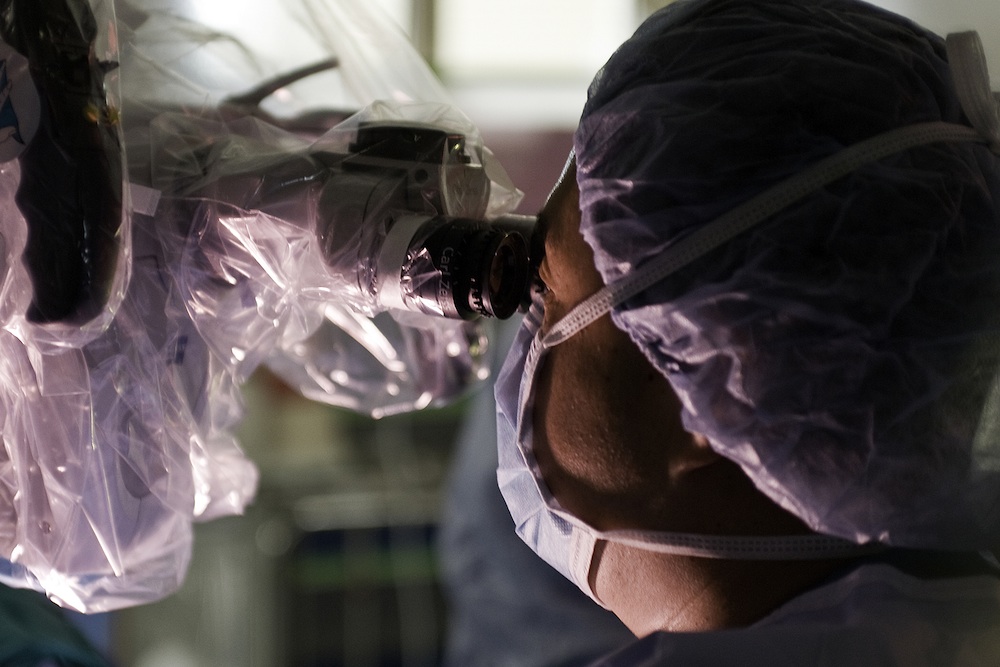
Neurosurgeon Dong Kim uses a scope during brain surgery.
Live C-Section
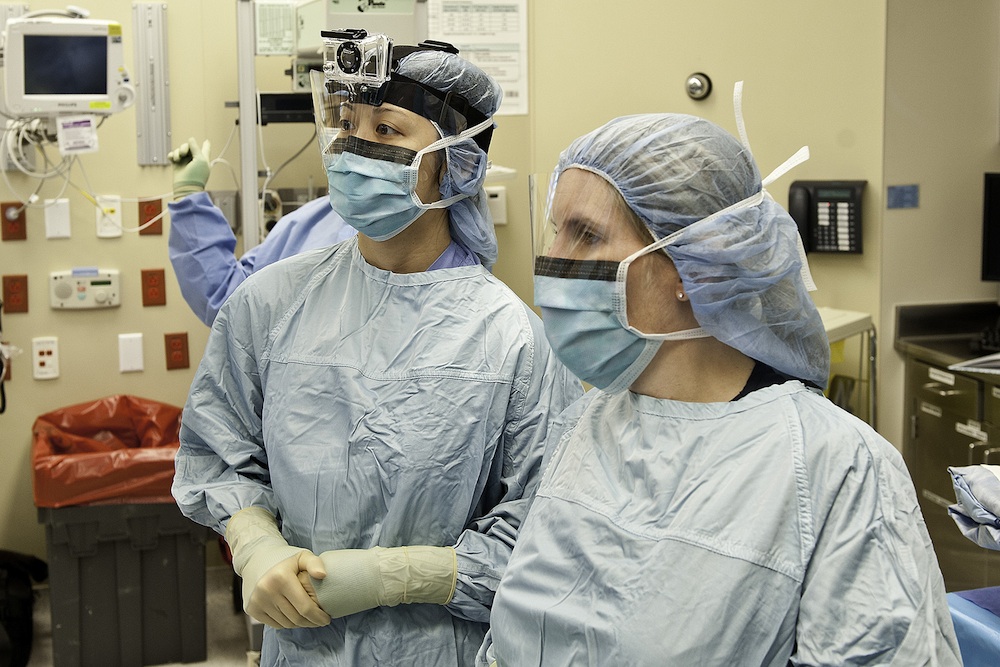
On Feb. 20, 2013, Memorial Hermann live-tweeted the process of a scheduled C-section from the patient's arrival at the hospital to the birth of her baby.
Prepping for Baby
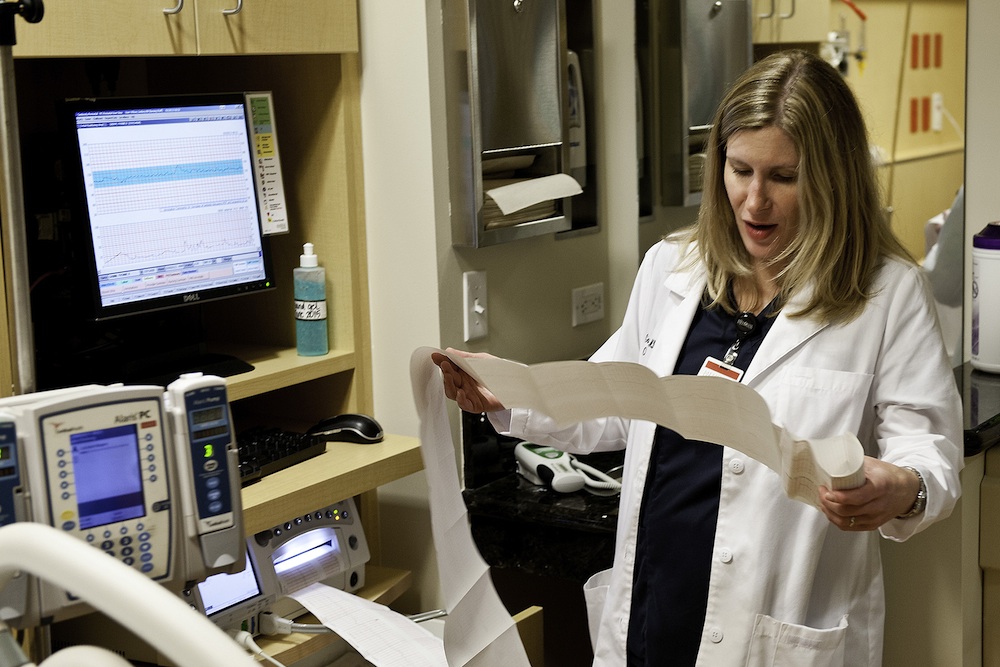
Obstetrician Anne Gonzalez visits her patient on the morning of the c-section. The mother was low-risk and this was her second cesarean, Gonzalez said.
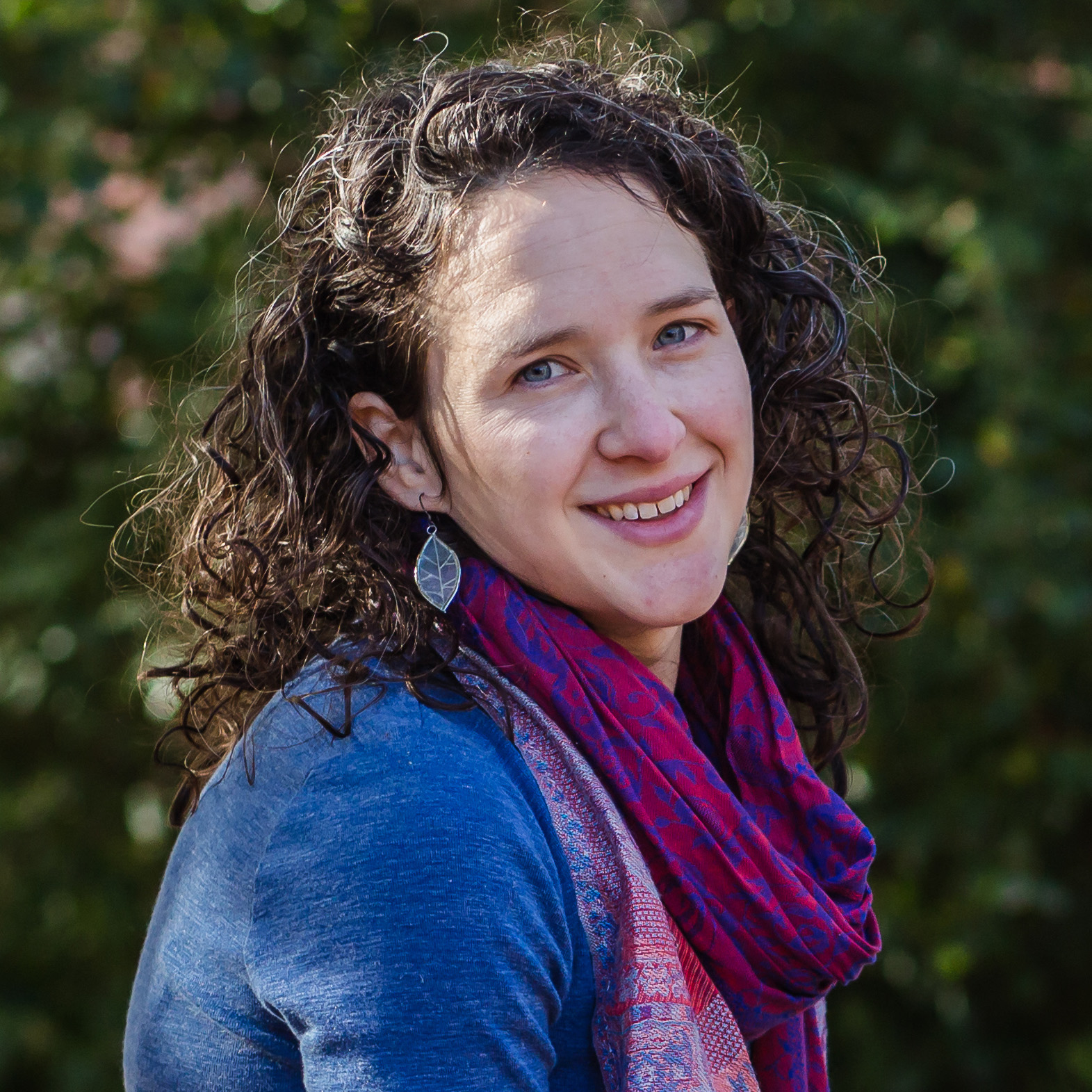
Stephanie Pappas is a contributing writer for Live Science, covering topics ranging from geoscience to archaeology to the human brain and behavior. She was previously a senior writer for Live Science but is now a freelancer based in Denver, Colorado, and regularly contributes to Scientific American and The Monitor, the monthly magazine of the American Psychological Association. Stephanie received a bachelor's degree in psychology from the University of South Carolina and a graduate certificate in science communication from the University of California, Santa Cruz.


